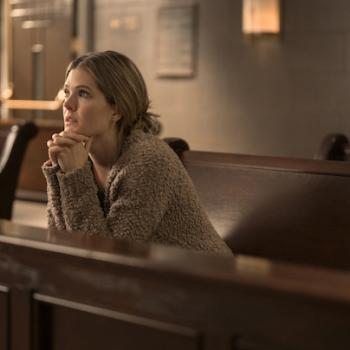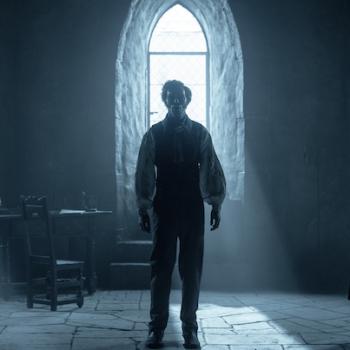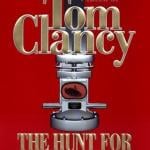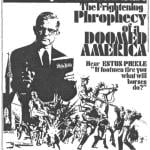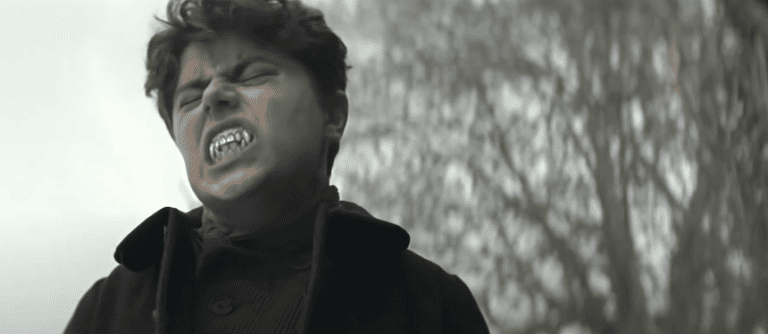
The Cursed, which rolled out to theaters this weekend, is a bloody movie. Really bloody. In my review at Plugged In, I said that the film’s reliance on gore undercut its more thoughtful, sophisticated elements.
And that’s true. But at the same time, as I think about it, maybe all that blood actually underscores what I think the movie’s all about: The war between the flesh-and-blood animals we are and the better beings God designed us to be.
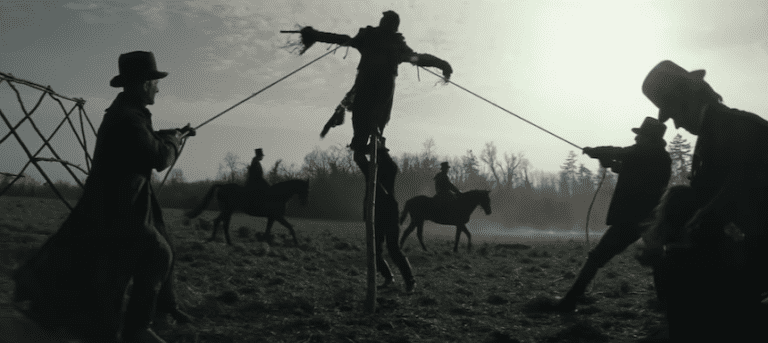
Full Moon
The story takes place in the late 1800s, somewhere in rural Britain. Seamus Laurent, a local baron, has a problem: A bevy of Roma (derisively known back then as gypsies) have settled on a corner of his land. And worse yet, they claim to own it. What’s a noble to do?
Well, in Seamus’ case, kill them. Hard to bring a land dispute to court if there’s no one left to bring it, right?
But not so fast, Seamus! As his mercenaries slowly torture and kill the last two surviving Roma—chopping the hands and feet off of one before turning him into a dying scarecrow, and burying the other alive—they cast a curse on Seamus and his . And they cement the act with a set of silver, wolf-like dentures that are buried with the second victim.
Soon, children in the surrounding environs start having nightmares filled with creepy scarecrows and pecking magpies and a desire to dig something up. It’s not long before those kids swap stories and head into the fields to investigate. Sure enough, they come to the old Roma camp, still marked by the now (surely dead) scarecrow man. One teen digs and finds the teeth—and he promptly uses them to bite Edward, Seamus’ son.
It’s here where The Cursed really dives into the meat of the story (if you will). Edward gets sick and runs into the forest, soon turning into a werewolf (though it’s not ever called one). Meanwhile, a pathologist named John McBride—sort of the story’s Van Helsing—comes to town seemingly by happenstance, hoping to track down the same sort of monster that decimated his own village. The Cursed is, in many ways, a classic monster movie, straight and simple.
But the film is also riddled with spirituality. And on that count, we might as well begin with the teeth.
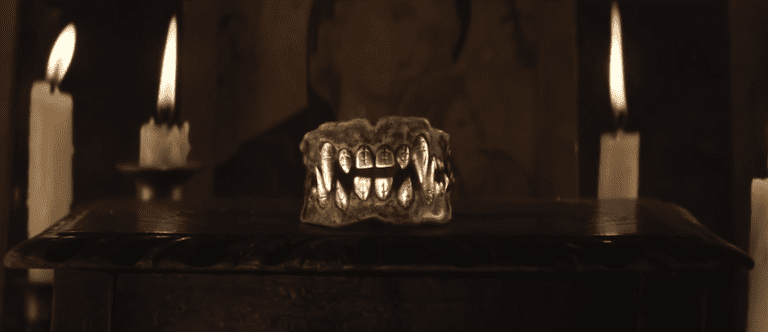
Something to Bite Into
The teeth were made, we learn, from the very silver that Judas was paid with to betray Jesus. And soon, a couple of teens arm themselves with pages from the Bible bearing telling passages. One details Judas’ betrayal. The other, Ezekiel 22:22, goes like this: “As silver is melted in a furnace, so you will be melted in the midst of it, and you shall know that I am the Lord; I have poured out my wrath upon you.”
The context of that passage is even more interesting: Ezekiel was talking about the sins of Israel, detailing all the ways that the people of Jerusalem had forgotten God. Many of those sins detailed in chapter 22 could refer to Seamus and his cronies, too.
“O city who brings her own doom by shedding blood within her walls and making idols to defile herself, you are guilty of the blood you have shed, and you are defiled by the idols you have made,” we read in verses 3 and 4. The land itself—and the power derived from it—was Seamus’ idol. And by slaughtering the Roma encampment, he shed blood within his own metaphorical walls.
The werewolf has often been used as a representation of man’s bestial side—the lowly, often terrifying urges we do our best to overcome. In fairy tales, wolves have often represented the chaos outside our own civilized walls—echoes, perhaps, of who were before we built those walls to begin with. Werewolves could be seen as the fear that that we could all slip back into beast mode—a horrible understanding that monsters can lurk underneath the skin.
But in The Cursed, we see a different sort of sin at play—not bestial, exactly, but still base: greed.
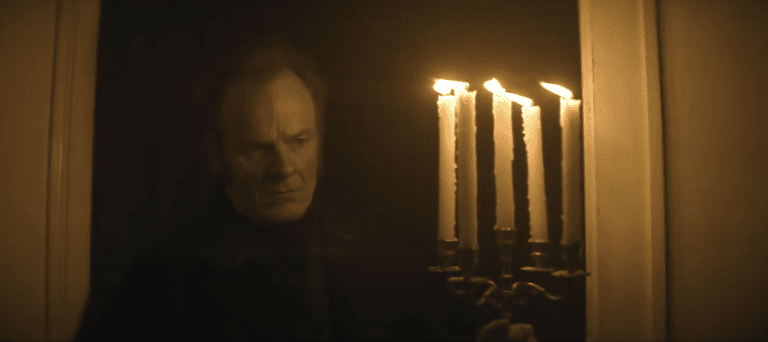
Werewolves Within
Back to the teeth molded from Judas’ cursed silver. Judas’ act of betrayal was one of greed. “What are you willing to give me if I deliver [Jesus] over to you?” he asked the Pharisees.
That’s echoed by Seamus and his desire to kill to keep claim to his land. His own greed brought about the curse. And when our hero pathologist McBride discovers this, he realizes that the werewolf is really the secondary monster here.
“You don’t have to hunt for it,” he tells Seamus, “because it will hunt you for what you have done.”
Lord Seamus forgot his own Lord. The werewolf is, yes, a monster. But it’s also presented as a divine instrument of justice—even if that “justice” isn’t particularly discriminating.
Loads of innocent people meet their doom through the werewolf, and it’s not the type of creature who’ll sink into the shadows once Seamus is punished. How does one take care of a werewolf?
Well, a silver bullet has to come into play, right? And it does. Just as cursed silver brought about the beast, so silver—long a symbol of purity—helps eliminate it.
But The Cursed goes a step farther. Silver isn’t the only tool here, and it might not even be the most important. Rather, it’s in the counterpoint virtue to Seamus’ vice: charity. Not charity as we understand it, but as the Bible did.
“Charity, in Christian thought, [is] the highest form of love, signifying the reciprocal love between God and man that is made manifest in unselfish love of one’s fellow men,” according to Britannica. Without giving too much away, that sacrificial love creates a condition that not only brings the reign of the werewolf to an end, but allows for the salvation of the monster itself. Just as, in fact, Jesus’ own sacrifice saved us monsters, too.
The Cursed is indeed a bloody, bloody movie. I might not see a bloodier one this year. But embedded in all of its gore is a reminder that blood can also save.






